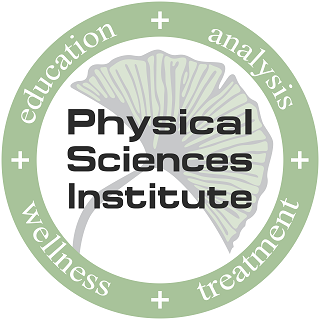Facilitating your core muscles – through breath
Why is this important to you? Most Americans are dissatisfied with their current health care costs, and are apprehensive about their future expenses. By mastering efficient breathing you give yourself the best opportunity to diminish the risk of dysfunction of core musculature & pelvic floor dysfunction. Core dysfunction & pelvic floor dysfunction can present in many ways, including:
- Low back instability
- Alignment disorders
- Walking abnormalities
- Balance issues
- Arm & leg muscular imbalances
- Incontinence
- Pain during sex
- Woman’s health issues
Disorders of breathing and incontinence have a stronger association with back pain than obesity and physical activity.
According to Julie Wiebe, MPT, Clinical observations linking urinary urgency and low back pain have been reported and two previous studies have suggested an association between incontinence and back pain. This study provides initial evidence for the association between back pain and disorders of incontinence and respiration.
Another issue to consider is the use of the acceptable or healthy weight range (BMI 20 to 25), rather than underweight (BMI < 20), as the reference category for analysis of obesity data. This is consistent with previous studies and accounts for the fact that being underweight has also been shown to be associated with back pain. This study has shown that women with disorders of continence and respiration have a significantly higher prevalence of back pain than women who do not have these disorders.
Anatomic connections of the diaphragm: influence of respiration on the body system.
The diaphragm muscle not only plays a role in respiration but also has many roles affecting the health of the body. It is important for posture, for proper organ function, and for the pelvis and floor of the mouth. It is important for the cervical spine and trigeminal system, as well as for the thoracic outlet. It is also of vital importance in the vascular and lymphatic systems.
How does the diaphragm stabilize your back?
Respiration plays a significant role in postural control, however, the postural demands of the activity performed can influence the function of the diaphragm. We believe, this may confirm that the diaphragm is critically involved in stabilizing the spine during postural activity. This is in agreement with previous report, in which was proven that the diaphragm and transversus abdominis (but not other abdominal muscles) continuously contribute to respiration and postural control. The combined tonic and phasic activity of the core muscles; diaphragm, pelvic floor, transverses abdominus, and multifidus represents important feedback for central nervous system. This system coordinates respiration and control of the spine during limb movements.
